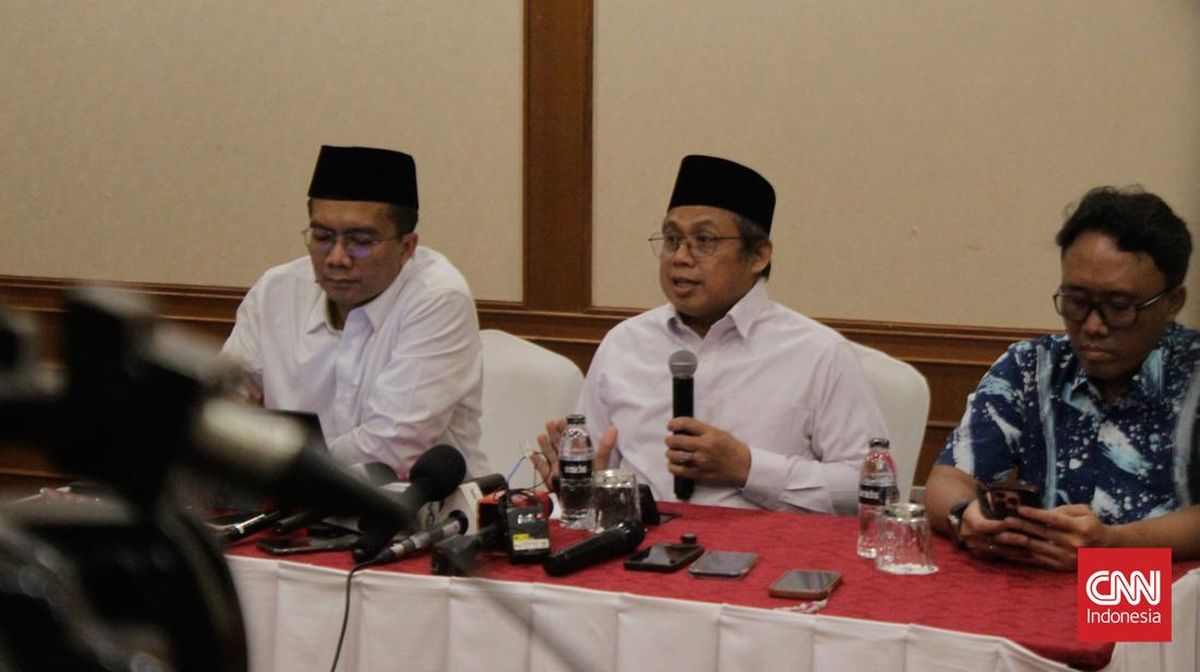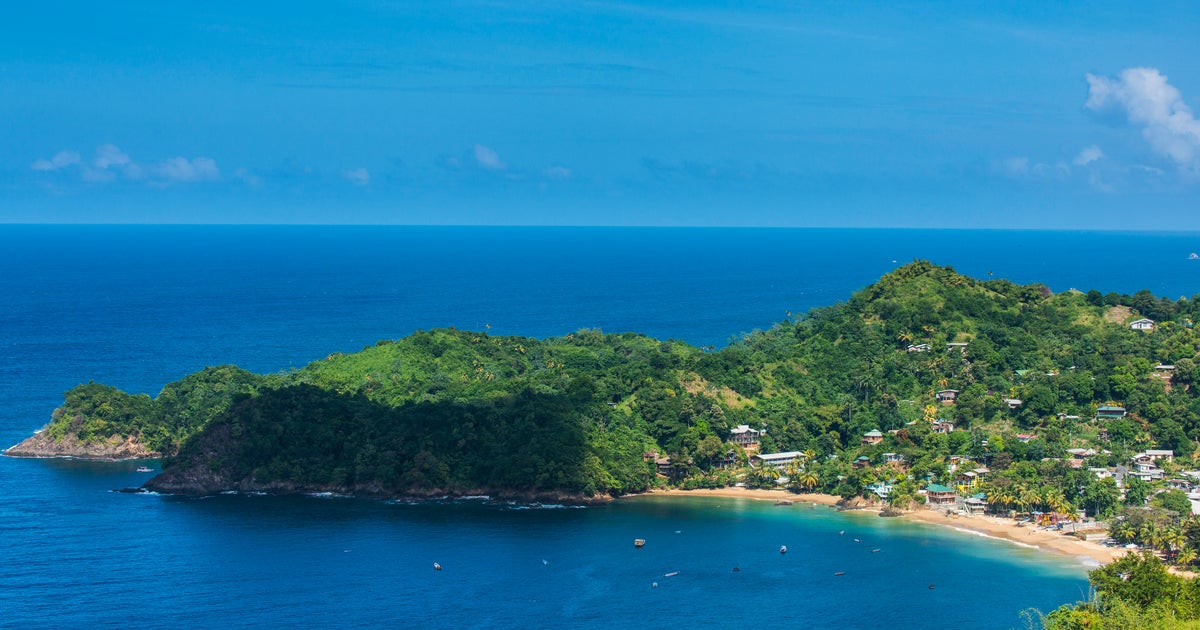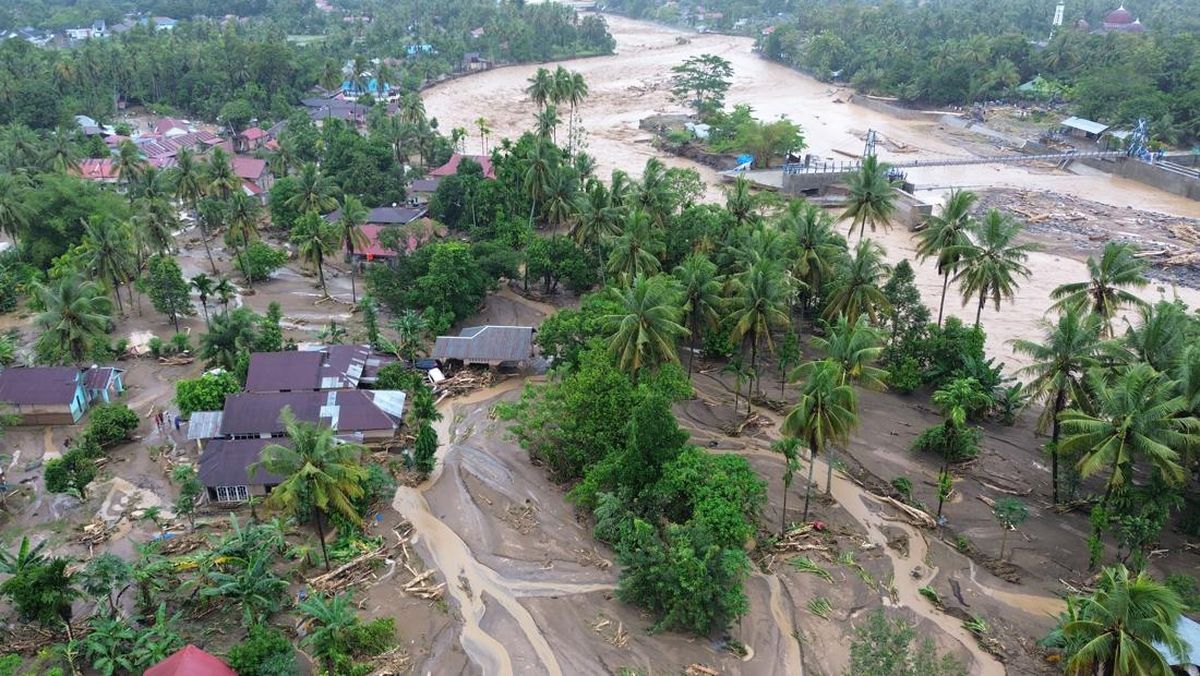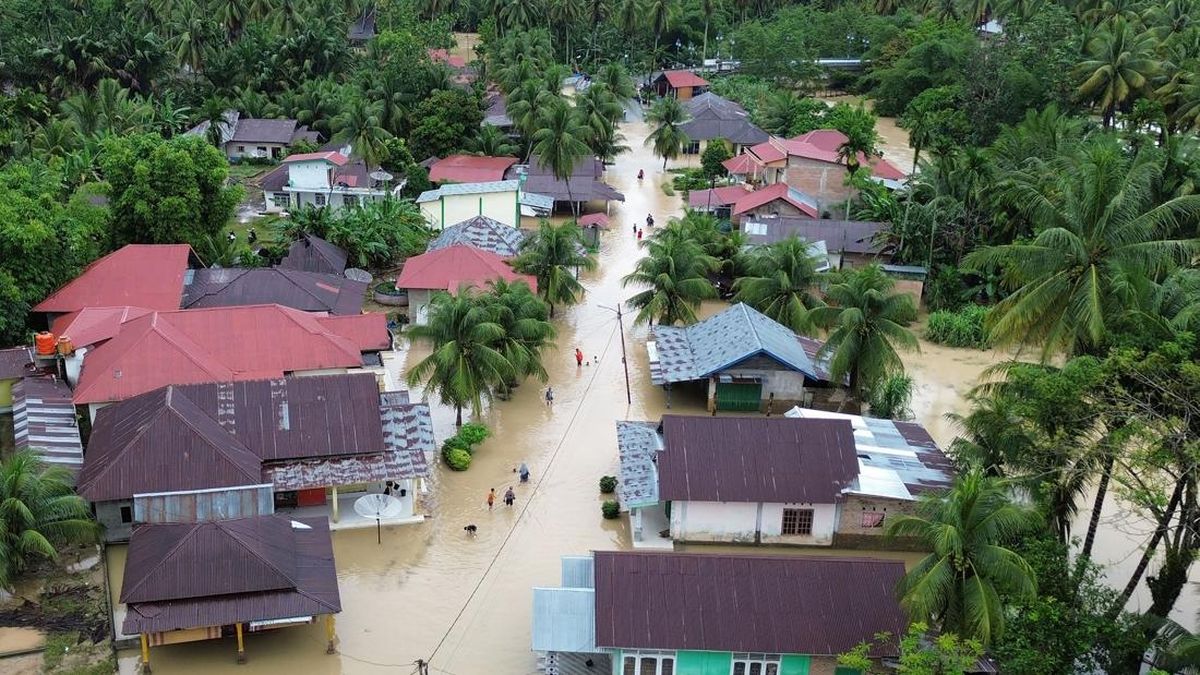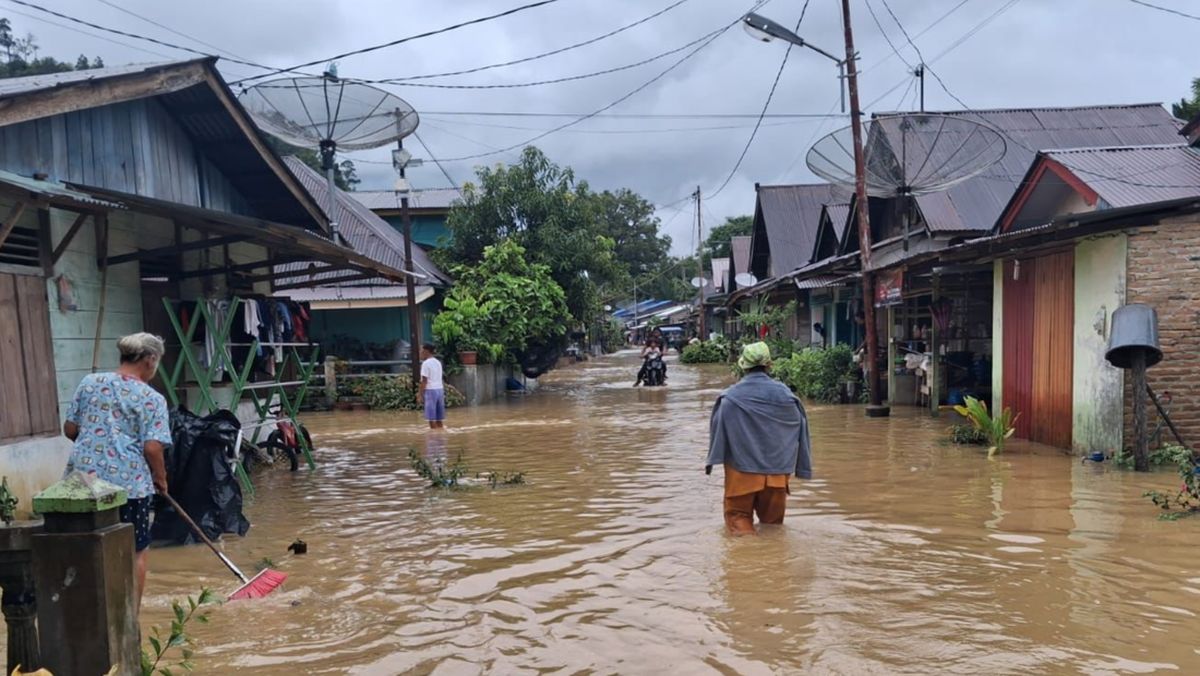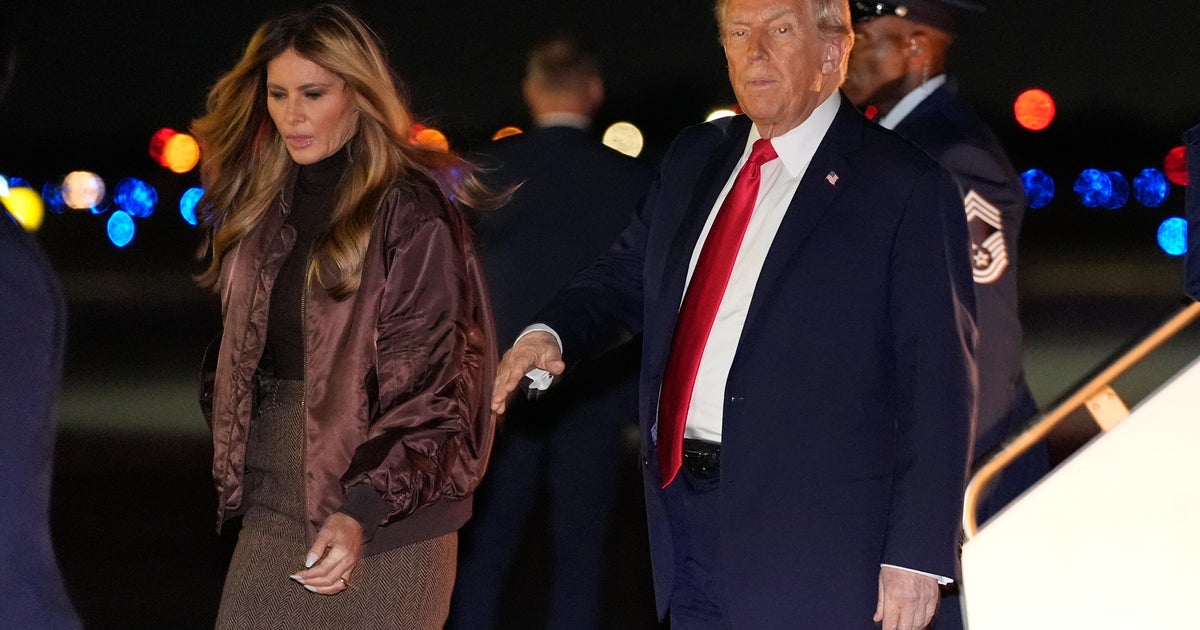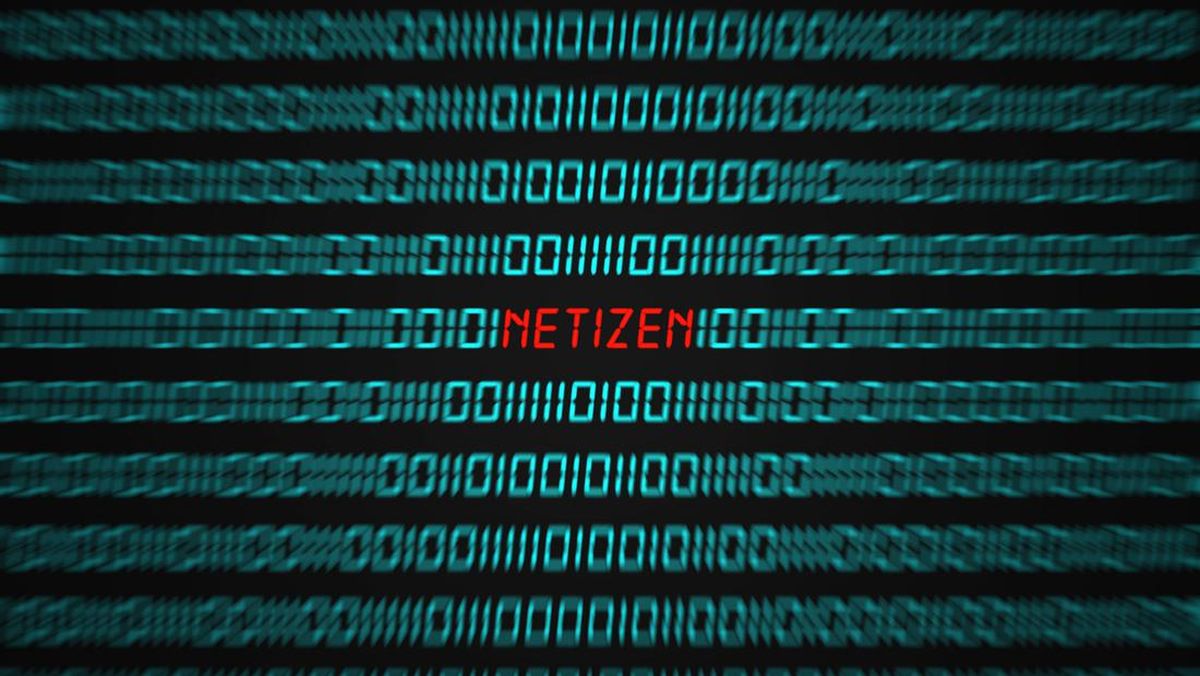Australian leaders from all sides expressed outrage at the invasion. The Liberal government condemned Russian President Vladimir Putin for his actions. When Anthony Albanese became Prime Minister in May 2022, one of his first overseas visits was to Kyiv, the capital of Ukraine.
Albanese pledged military and humanitarian aid to help Ukraine defend its territory.
Australia has supplied Bushmaster armoured vehicles, artillery and Abrams tanks.
The total assistance has been worth $1.5 billion over more than three years. In 2023, Australia sanctioned the two biggest Russian oil exporters, Lukoil and Rosneft.
The United States, the European Union and the United Kingdom all imposed sanctions on Russia and tried to drive down the price of Russian oil in the hope of limiting the profits for Moscow.
US President Joe Biden, in office from January 2021 to January 2025, promised to toughen the sanctions and do more to stop the oil trade.
This was not enough to stop the lucrative trade. Russia is using a “shadow fleet” of ships to evade sanctions, but Western governments have identified many of these and have sanctioned the owners.
How Russia operates its ‘shadow fleet’ of ships
Some of the Russian oil can be transferred between ships in international waters, in an attempt to disguise its origin.
The key destinations include India, China and Malaysia because these countries have not joined the US, the UK, the EU and countries like Australia in banning Russian oil.
Refineries can generate big profits from this trade. They can buy crude oil from Russia at lower prices than the market average, and use this to produce diesel and petrol to be sold at market prices.
Russian oil, often known as Urals crude, is cheaper than standard market supplies like Brent crude.
But international agencies track the ships – and public data reveals the journeys. That means independent analysts can see where Russia exports the oil and who is using it to supply the Australian market.
We can see how much of this oil ends up as petrol and diesel at our petrol stations.
Our investigation drew on detailed data from the CREA, showing a list of the ships heading from Russian ports to refineries in our region.
One of the major Russian supply ports is Novorossiysk, on the Black Sea. Ships can take this oil into the Mediterranean and through the Suez Canal to India.
Another major port is Primorsk, near St Petersburg. Ships carry this oil through the Baltic and into the Atlantic Ocean, reaching destinations including India.
A third major source is Nakhodka, near Vladivostok, on the Pacific Ocean. Ships mostly take this oil to Chinese refineries, but the CREA analysis also shows that some of the ships go to India.
A fourth supply port, Vanino, is near the island of Sakhalin, also on Russia’s Pacific coast. Several ships from this port have taken crude oil to Malaysia, according to the CREA analysis.
The ‘laundry’ ports

The Jamnagar refinery has been described as one of the most profitable in the world.Credit: Bloomberg
The world’s biggest refinery is a major source of fuel for Australia. This refinery is in Jamnagar, in India, and is owned by Reliance Industries, a company led by Mukesh Ambani, the wealthiest man in India.
Jamnagar has a domestic refinery for the Indian market and an export refinery in a Special Economic Zone. CREA estimates the refinery in the Jamnagar SEZ has supplied 90 per cent of all the diesel and petrol shipped from India to Australia since 2023.
Using the public lists of the ships and their cargoes, CREA estimates that 47 per cent of the crude going into the Jamnagar refinery was sourced from Russia from January to October this year.
This means 47 per cent of the petrol and diesel exported from Jamnagar to Australia can be traced to Russian supplies.
Reliance Industries announced last week will stop taking Russian oil at its Jamnagar export refinery and will no longer use the Russian crude to make the petrol and diesel it sells to Australia.
Another refinery is in Mangalore, in the state of Karnataka in the south of India. This is owned by the state and supplies about 10 per cent of the petrol and diesel shipped from India to Australia, including oil that has come from Russia.
Malaysia is another key source of fuel for Australia. The key refinery is at Tanjung Bin, in the state of Johor, near Singapore. This is operated by a global oil company, Vitol, which is owned by its wealthy traders.
Vitol is the world’s biggest oil trader and made net profits of $US45 billion over the last five years, according to Reuters.
Vitol suspended most of its Russian trade when the EU imposed sanctions in 2022 and 2023, but S&P Global said this year that the company continued to take some oil as “essential fuels supply”.
The CREA data shows that ships have delivered fuel to Vitol’s ATB refinery from Russian ports such as Novorossiysk on the Black Sea, Vanino on the Pacific coast and Ust-Luga on the Baltic Sea.
Proteus Bohemia – the ship heading for Sydney

Proteus Bohemia.
Here is one example of the way Russian oil reaches Australia. Several tankers carried oil from Russian ports in recent weeks and arrived at the Indian facility in Jamnagar, home to the biggest refinery complex in the world.
One of them was the Savir Tiger, a tanker flying the Indonesian flag and capable of carrying 62,863 tonnes of oil. It left Primorsk in Russia on September 29 and arrived at Jamnagar on October 31. We relied on CREA, using public data, to map this journey. We checked the ship’s identity using its International Maritime Organisation code, 9388730. We also relied on vesselfinder.com to learn more about the ship.
Another tanker was the Barq, which flies the Omani flag and can carry 81,409 tonnes of oil. It departed Novorossiysk in Russia on October 4 and arrived at Jamnagar on October 25. We checked this ship using its IMO code, 9321691.
A third tanker was the Rymo, flying the Sierra Leone flag and with a capacity of 58,418 tonnes. It left Nakhodka in Russia on October 10 and arrived at Jamnagar on November 4. Its IMO code is 9308857.
Russian oil was clearly flowing into the Reliance Industries refinery.
We can’t track every drop of oil through a refinery, but we know the Jamnagar export refinery was accepting Russian crude because its owner, Reliance Industries, has confirmed this fact. And we know that the refinery loaded petrol and diesel onto ships bound for Australia soon afterwards. (Turning crude oil into diesel and petrol can take a day or so at a modern refinery.)
The Proteus Bohemia, a tanker flying the Singaporean flag, left Jamnagar on November 8 with 78,000 tonnes of petrol. It gave its destination as Botany Bay, but the buyer of the cargo is not publicly disclosed. We relied on Mark Corrigan, an independent analyst, to check on this journey.
The Proteus Bohemia was built in 2022 for the China’s Bank of Communications Financial Leasing Company and was chartered to a division of Shell. But we checked with Shell, and they told us the company was not responsible for this journey or cargo. We cannot be sure of the destination, but it wasn’t organised by Shell. We do know the cargo, however, because Shell told us this journey was chartered by Reliance Industries.
The Proteus Bohemia is due to arrive at Botany Bay on November 30, according to public data reported by vesselfinder.com
After years of concern, there are signs of action. The Jamnagar refinery announcement by Reliance Industries is significant. Foreign Minister Penny Wong has welcomed the change.
This will not stop all the “blood oil” coming to Australia, because other refineries have not made the same pledge. But it shows there is a way to clean up the oil trade.
– with Matthew Absalom-Wong, Zeinab Ghaemi and Tom Compagnoni
Get the day’s breaking news, entertainment ideas and a long read to enjoy. Sign up to receive our Evening Edition newsletter.


